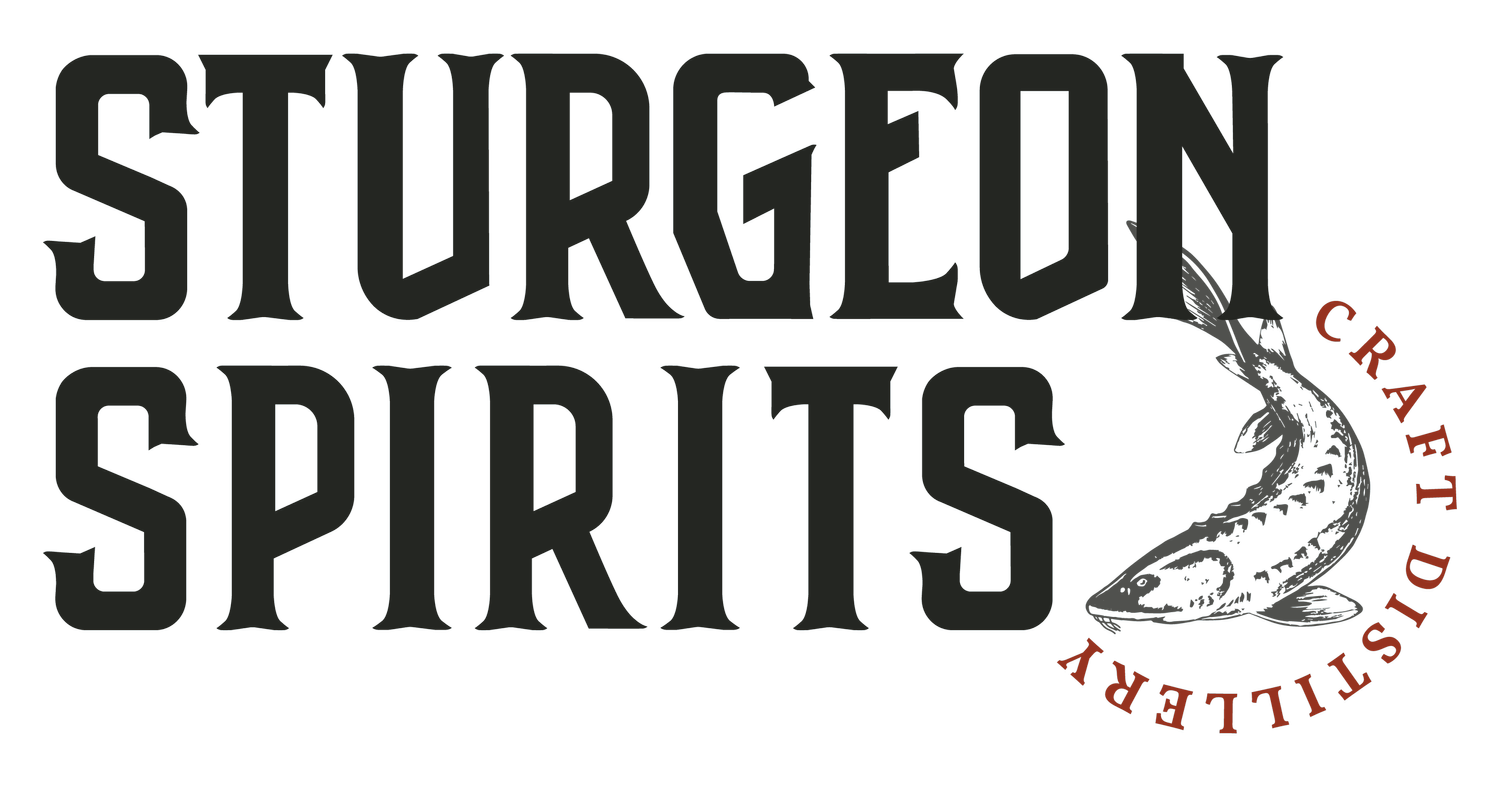
Sturgeon Spirits believes in preserving the Lake Winnebago Ecosystem
Learn
-
Common Names: Freshwater sturgeon, rock sturgeon, stone sturgeon, red sturgeon, ruddy sturgeon, shell‐back sturgeon, bony sturgeon, smoothback, rock fish, rubbernose, black sturgeon, dogface sturgeon
State Record: 9/22/79; 170 pounds, 10oz.; from Yellow Lake
A giant among Wisconsin’s inland fresh water fishes, the bottom‐dwelling lake sturgeon is a living fossil—a relic from the Middle Ages of fish evolution. This ancient species made its first appearance about 100,000,000 years ago in the Upper Cretaceous period of the Mesozoic era, just about the time that the dinosaurs made their abrupt exit from Earth’s ever‐changing stage. Today, the lake sturgeon retains many primitive characteristics that have been lost or modified in other modern‐day fish.
Seldom has a fish had such a tenuous relationship to humans as the lake sturgeon. The Winnebago, Ojibwa, Potawatomi, Oneida and Sauk tribes revered the huge fish that can reach weights of several hundred pounds, but by 1860 the lake sturgeon was considered a nuisance by commercial fisherman, who stacked the fish like cordwood on shore and left them to rot. When fish processors realized the value of sturgeon roe (eggs) for caviar, discovered sturgeon flesh was delicious fresh or smoked and found that a high‐quality gelatin called isinglass could be extracted from the sturgeon’s swim bladder, the Great Lakes sturgeon fishery exploded. The species was fished so intensively that lake sturgeon populations were reduced to a level from which they have never recovered.
The lake sturgeon is listed as a rare species in the United States. Wisconsin, however, is fortunate to have good, naturally reproducing lake sturgeon populations in several of our river systems. The species has watch status in Wisconsin, and it is under special observation by DNR fisheries managers.
By Maureen Mecozzi, Wisconsin Department of Natural Resources; Madison, Wisconsin
-
The Winnebago system is home to one of the largest lake sturgeon populations in North America and hosts a unique winter spear fishery. Further, the system is one of only two locations where lake sturgeon can be harvested with a spear (Black Lake, Michigan being the other). The first modern sturgeon fishery took place in 1932 and, although regulations have changed through time, the premise of using a spear to harvest a sturgeon through the ice has remained constant.
-
Lake Winnebago is the remnant of a much larger glacial lake, Lake Oshkosh, formed about 12,000 years ago when ice blocked access to Lake Michigan. Fed by both the Fox and Wolf Rivers, Lake Winnebago is one of the largest natural freshwater lakes in the United States. It is the largest natural freshwater lake, both in volume and surface area, located entirely within Wisconsin.
Part of a system of lakes known as the Winnebago Pool that includes Lake Butte des Morts, Lake Poygan, and Lake Winneconne, Lake Winnebago has historically been used for navigation. Originally, Native Americans and French fur traders used the water to transport goods between the Great Lakes and the Mississippi River. Settlers to the area built saw mills and grist mills to take advantage of the water along the Fox River, and in 1850 they built dams and canals, flooding over 50,000 acres of land and changing the shoreline of Lake Winnebago. In fact, it’s still possible to see tree trunks on the south and southeastern shores that were growing before the flooding. There are 17 locks along the Fox River connecting Lake Winnebago to Lake Michigan through Green Bay. Although the locks deteriorated after commercial shipping on the river ended in 1952, the Fox River Navigational System Authority has refurbished many of the locks for seasonal recreational boating. The United States Army Corps of Engineers controls water levels on the lake and draws down levels slightly in winter to prepare for spring flooding.
-
There are many local conservation efforts underway. Links are soon to come.
-
We believe in using local ingredients whenever possible.
Our corn is sources from a family owned farm in Fox Lake WI. Check them out here.
Our other grains are sourced from Wisconsin-based companies
Our fruits are sourced from across Wisconsin and often from Winnebago county.
We support a renewable electric future with 2 level-2 EV chargers in front of our building.
We use sustainably harvested cork and natural wood for our bottle closures.
We support Sturgeon for Tomorrow and other local non-profit groups.
